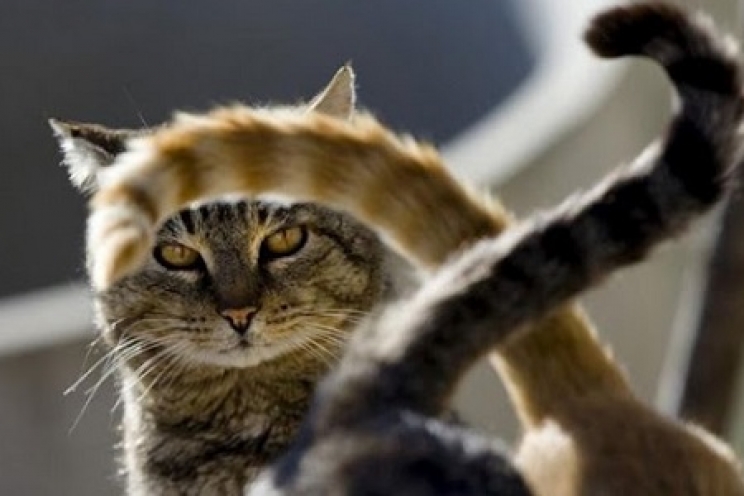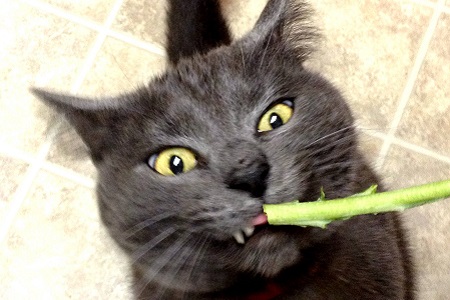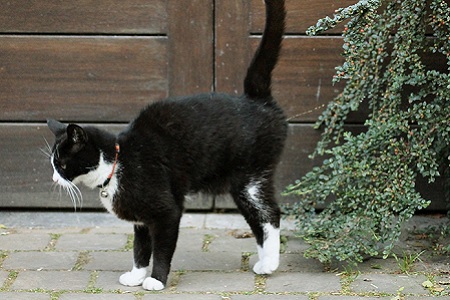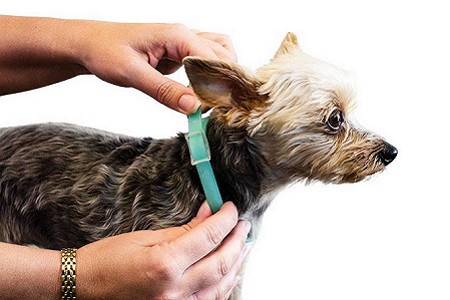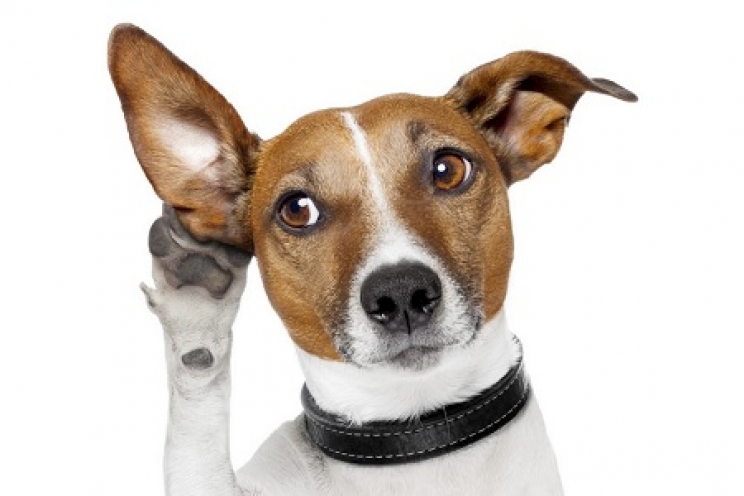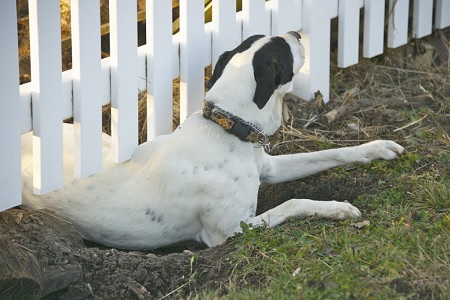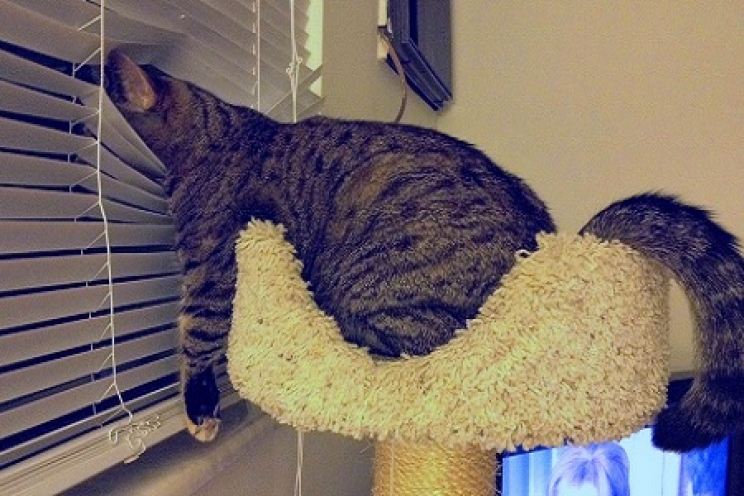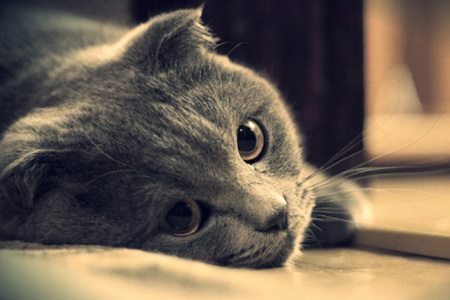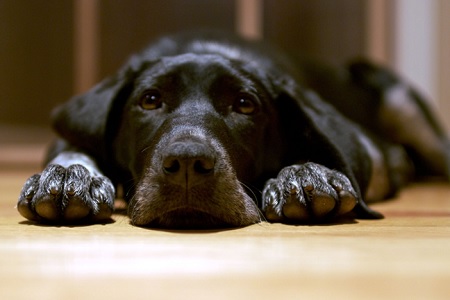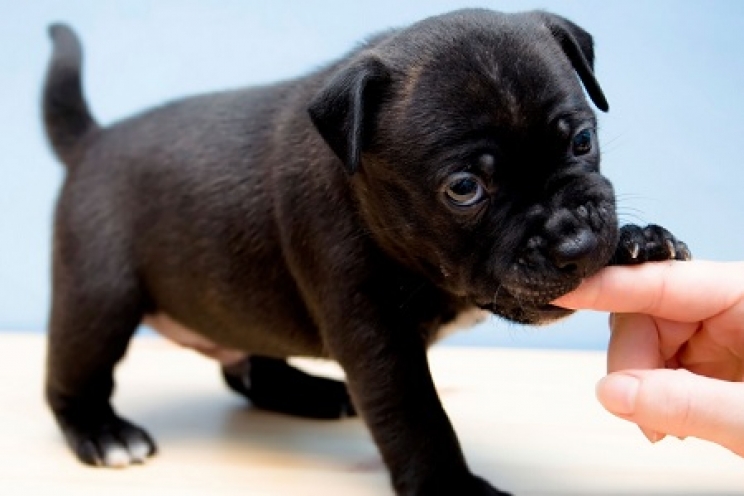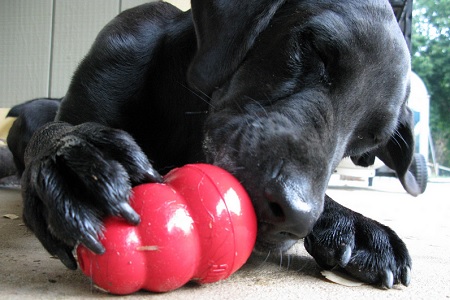How many times do we hear our mom say, "we would like to adopt a dog, but we have a small child!" or "I had to separate him from the cat, because otherwise he would have infected my newborn son with god knows what diseases!”. These are just some of the mostly well-founded beliefs that lead most parents to give up the special relationship that can be created between an animal and a child. What many of these apprehensive parents ignore, however, is that living with a dog or cat at home can also be a very useful factor in the growth children of all ages, of course paying attention to some important precautions.
We should evaluate many aspects based on parents’ concerns. Let's try to analyse some of them.
“Animals make a mess around the house and bring diseases”
This statement must be analysed in detail.
If we want to welcome a stray dog inside our house we must adapt many more safety precaution as they usually dig in garbage bins.
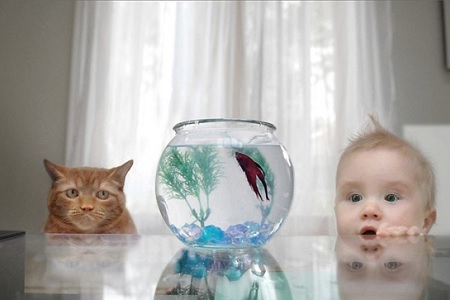
However, the situation is different with dogs and cats that live in the house and that go outside for daily walks only.
House animals, in fact, when regularly subjected to deworming, vaccinations and the necessary parasite control treatments, cannot transmit any disease to us or to our children.
We could instead think of how many viruses and bacteria we transmit amongst us every day, simply by getting on a tram or by using a public toilet. We would be impressed if we compared this with the risk of diseases that the dog or cat could transmit.
Furthermore, one aspect that many people ignore is that most viruses and bacteria in animals only affect animals. In fact, these are species-specific microorganisms, which therefore could not reach our organism.
For greater safety, however, you can try to intensify the hygienic care of the home and of the animal, using specific products for thorough cleaning of floors and clothing, without harming either children or animals.
Avoid the contact with the animal's saliva with your child and with the parts which are most exposed to its feces. Furthermore, lets teach them to wash their hands well before sitting at the table and in all situations where it is considered appropriate.
Often clean the dogs bowl and cat and prevent the child from having easy access to them.

“My dog can bite my child”
This concern is usually one of the most common ones amongst parents.
Unless it is a dog with severe behavioral problems, it is very difficult for it to attack a child without any reason.
As we know, children are intrigued by everything that appears "different" to their eyes. The same thing also applies to dogs and cats, which can in some cases become real victims of impertinent and persistent children. Asking the dog to remain impassive in front of a child who does not respect his space and his habits is absolutely disrespectful of us.
In fact, it is typical for children to beat the dog, pull the cat's tail and disturb the animal while it sleeps or, even worse, whilst he is eating his food. In these cases, the animal will surely react by scratching the source of stress.
To avoid all this, we should be the ones who show and explain to the child what the best attitude to communicate with the animal is and above all what are the situations in which the dog or cat should not be disturbed.
We must also make sure we respect our pet by providing an appropriate and personal space for him in the house. We must make sure he has the peaceful environment he needs.
“My child will feel really sad when my pet dies”
There is no doubt about this. When our lifetime companion leaves us, the pain and emptiness are the same to the death of a loved one.
Even in this case, however, this event can represent a reason for personal growth for the child.
We can say to them that even if our friend has gone away, he still left us many good memories and many beautiful emotions, linked to all the moments we spent together. We will introduce him to real and painful life events, which sooner or later must happen.
Denying oneself and one's children of the joy of living with an animal in anticipation of what will happen in the future, precludes all those experiences that are part of the individual and emotional growth of the child.

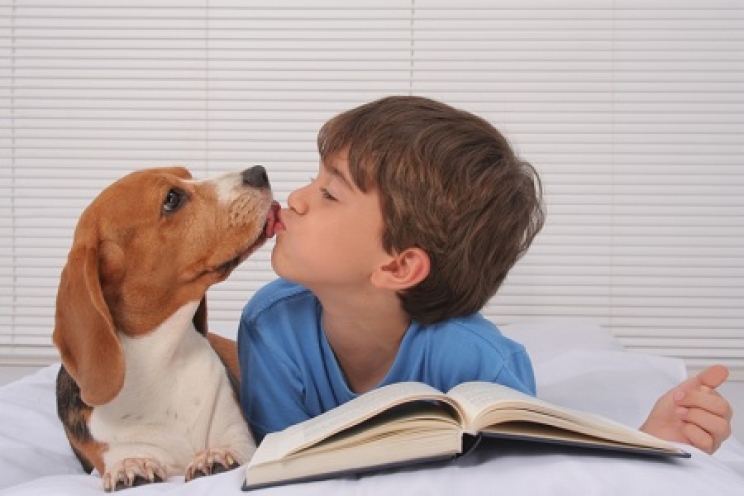
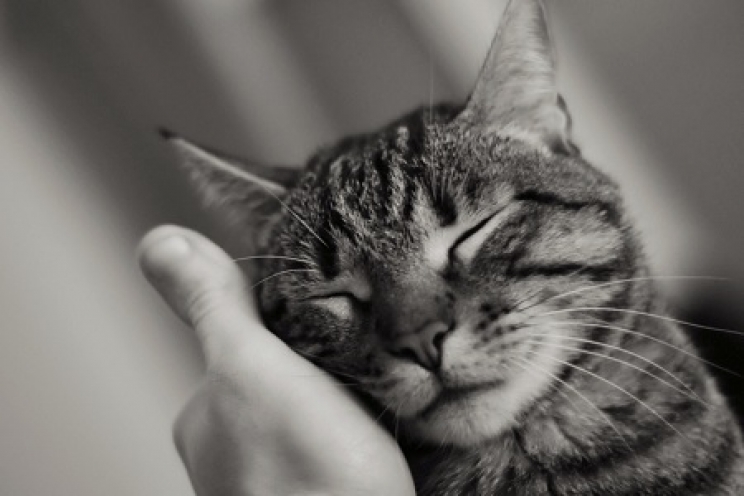
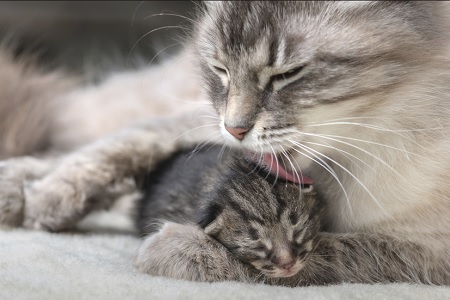 To communicate with the mother cat: the mother cat begins to purr at the moment of birth, to stimulate the little ones to get closer to her body to feed themselves. At the same time, kittens also purr at only two days of life, especially while they are being nursed, probably to tell the mother that they are fine;
To communicate with the mother cat: the mother cat begins to purr at the moment of birth, to stimulate the little ones to get closer to her body to feed themselves. At the same time, kittens also purr at only two days of life, especially while they are being nursed, probably to tell the mother that they are fine;